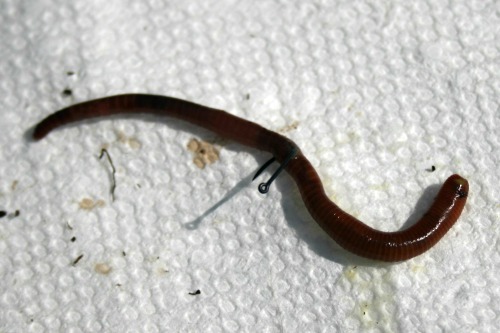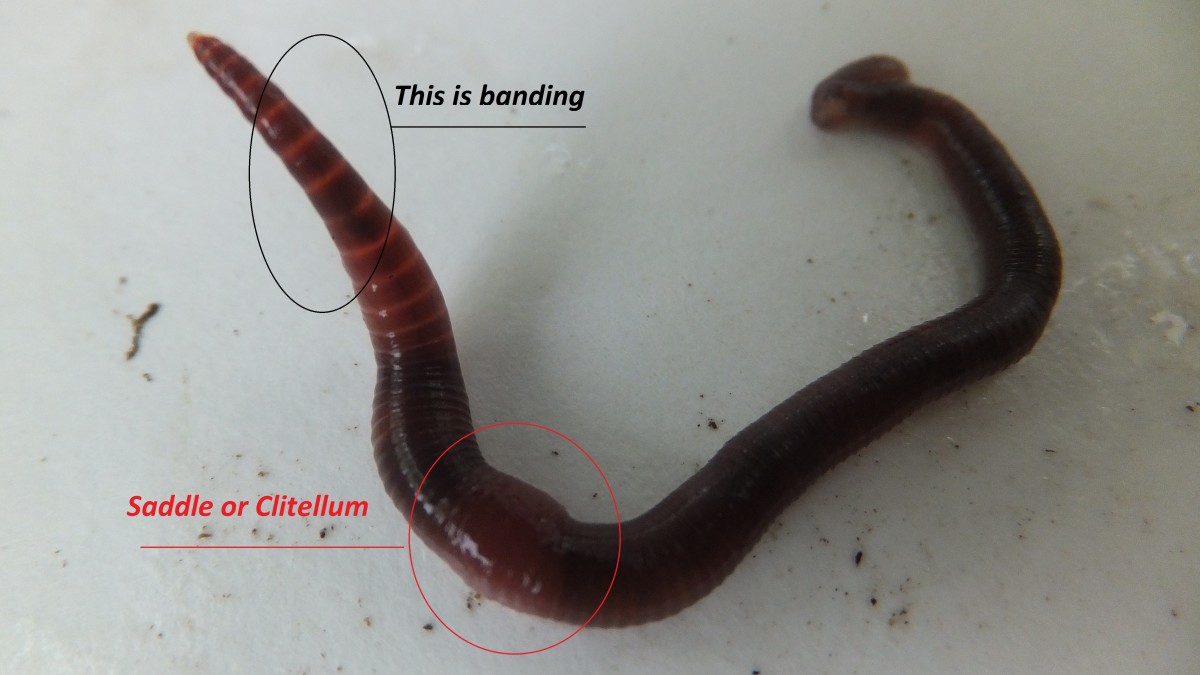Take Care of Your Lawn with the Best Products from Lake Hickory Bait
Take Care of Your Lawn with the Best Products from Lake Hickory Bait
Blog Article
Red Wigglers: The Unsung Heroes of Organic Waste Recycling
Red wigglers, or Eisenia fetida, serve as vital representatives in the natural waste reusing procedure, changing thrown out products right into beneficial vermicompost. Their efficient breakdown of organic matter not only enhances soil quality but also adds to lasting waste management practices. As the world significantly seeks solutions to deal with waste accumulation and enhance farming efficiency, comprehending the role of these worms ends up being crucial. What devices permit them to prosper in compost environments, and how can they be effectively utilized in both household and industrial settings? Exploring these concerns reveals the broader ramifications of vermicomposting in our ecological landscape.
What Are Red Wigglers?
The impressive resilience of red wigglers, scientifically referred to as Eisenia fetida, highlights their essential duty in organic waste recycling. These small, reddish-brown earthworms are normally discovered in decaying raw material, such as compost heap and manure lots. Lake Hickory Bait. Unlike other earthworm types, red wigglers flourish in nutrient-rich environments and are very effective at breaking down organic products, making them vital for vermicomposting

(Red Wiggler Express)Along with their duty in waste decrease, red wigglers add to soil health and wellness by enhancing dirt framework and oygenation through their burrowing activities (Lake Hickory Bait). Their existence in composting systems not only improves disintegration prices yet also promotes a sustainable approach to squander administration, showing their value in eco-friendly preservation initiatives
Advantages of Composting With Worms
Composting with worms, specifically red wigglers, supplies countless benefits that boost both waste monitoring and dirt wellness. These worms successfully break down organic waste, converting it into nutrient-rich vermicompost that enriches dirt. This procedure increases disintegration, permitting for a much faster recycling of kitchen area scraps and other organic materials contrasted to typical composting approaches.
In addition, the vermicompost created by red wigglers is brimming with useful bacteria, which help improve dirt framework, aeration, and moisture retention. This boosts the general health of plants, advertising energetic growth and increased returns in gardens and agricultural setups. The usage of worms in composting lessens the production of greenhouse gases, such as methane, adding to a much more lasting waste administration system.

How to Begin Vermicomposting
Establishing a vermicomposting system is an uncomplicated procedure that can yield significant benefits for both waste management and soil enrichment. To begin, pick a suitable container, such as a plastic bin or wooden box, with sufficient try here air flow holes to make sure correct air movement. The measurements should ideally be about 2 feet by 3 feet, allowing ample space for the worms to thrive.
Next, prepare bedding material, which can include shredded paper, cardboard, or coconut coir. This bed linens needs to be dampened to develop an ideal environment for the worms. When the bed linen is in place, present red wigglers (Eisenia fetida) right into the container, commonly around one extra pound of worms for each square foot of area.
Complying with the placement of worms, add natural waste, such as vegetables and fruit scraps, coffee premises, and crushed eggshells. Avoid including milk, meat, or oils, as these can produce odors and attract parasites. Ultimately, place the bin in a shaded, temperature-controlled location to keep ideal conditions for worm task. With these steps, you will efficiently initiate a vermicomposting system that adds to lasting waste administration and enriches your dirt.
Keeping a Healthy Worm Bin
(Red Wiggler Express)Maintaining a worm bin prospering requires normal attention and treatment to guarantee the wellness of the red wigglers and the efficiency of the composting procedure. Proper maintenance starts with keeping an eye on the moisture levels; the container should be wet but not soaked. An excellent guideline of thumb is to keep a consistency similar to a wrung-out sponge.
Oygenation is important too. Gently mixing the bed linens and food scraps every couple of weeks avoids compaction and makes certain that all worms have access to oxygen. Furthermore, it is essential to feed the worms appropriately. A balanced diet plan of fruit and veggie scraps, coffee grounds, and crushed eggshells must be supplied in small amounts to avoid overfeeding, which can result in smells and bugs.
Temperature guideline is one more important aspect. Red wigglers grow in a variety of 55 to 77 degrees Fahrenheit. If the container comes to be also warm or cool, the worms might come to be worried - Lake Hickory Bait. Last but not least, occasionally look for signs of health, such as worm population development and the visibility of healthy and balanced spreadings. By carefully handling these aspects, one can preserve a robust and productive worm container.
Effect On Sustainable Living
The effective upkeep of a worm bin not only profits the health and wellness of red wigglers however also adds dramatically to sustainable living practices. By reusing natural waste, such as kitchen scraps and backyard particles, red wigglers help draw away considerable amounts of product from garbage dumps. This reduction in waste not just reduces greenhouse gas emissions yet likewise minimizes the ecological concern connected with waste monitoring.
Furthermore, the castings created by red wigglers function as a nutrient-rich natural fertilizer, boosting soil wellness and promoting plant development. This natural choice to chemical fertilizers sustains lasting farming and horticulture practices, minimizing dependence on artificial inputs that can damage ecosystems. In addition, worm composting fosters awareness of waste administration, encouraging people and communities to embrace even more sustainable routines.

Verdict
In summary, red wigglers serve as vital factors to natural waste recycling through their reliable decay of natural products. By integrating vermicomposting into waste management approaches, individuals and neighborhoods can dramatically minimize waste while promoting ecological sustainability.
Report this page